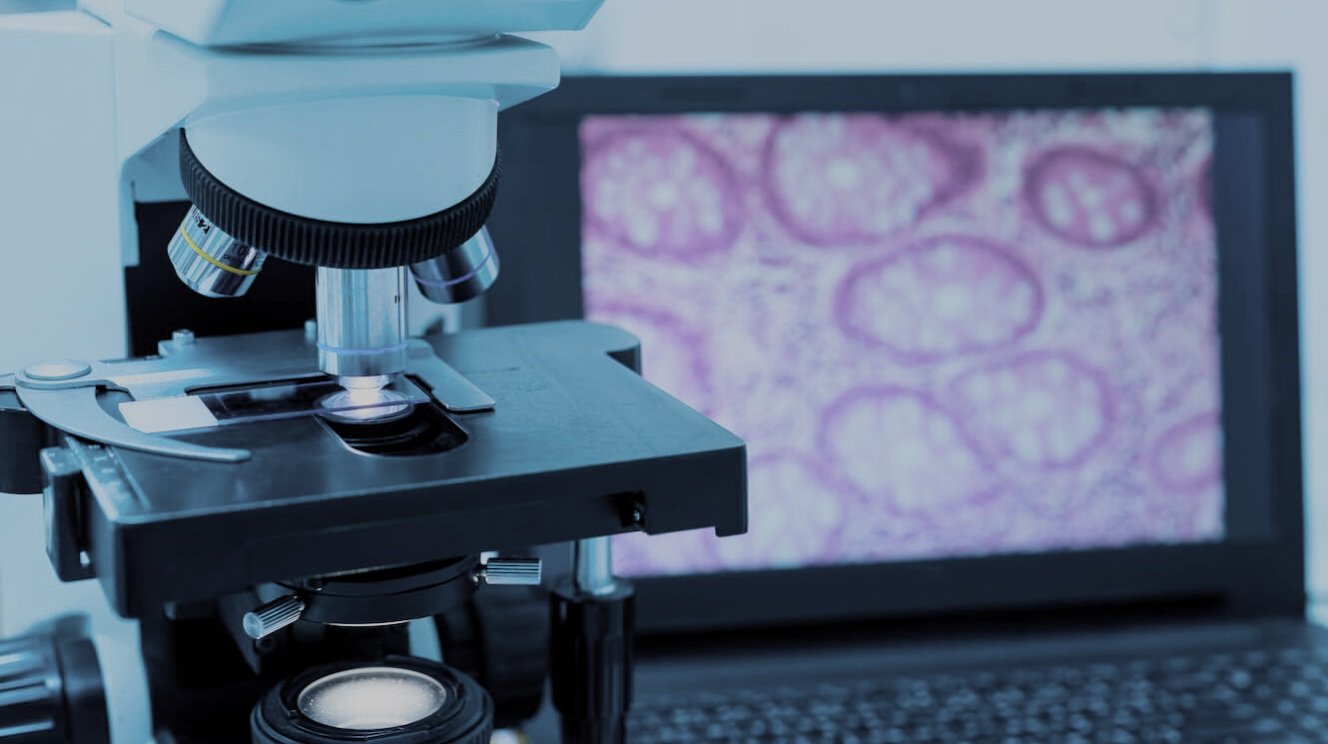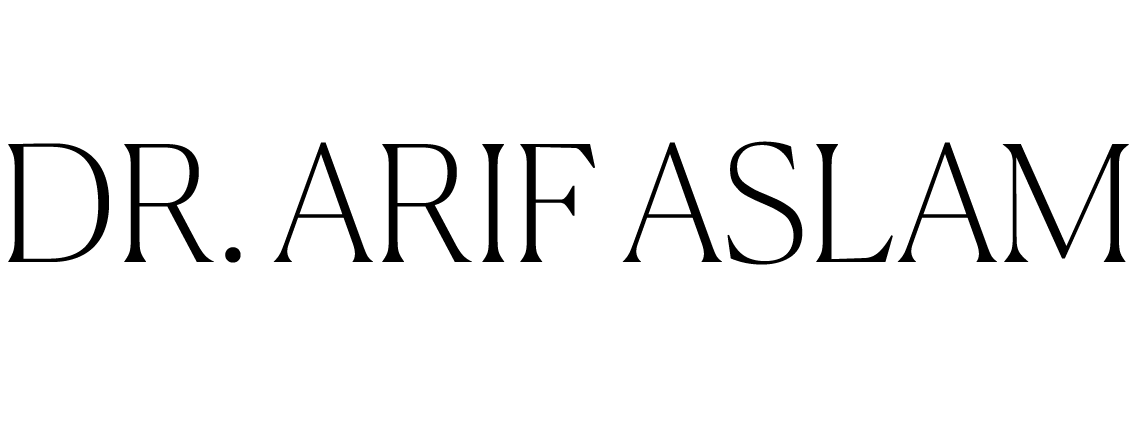Mohs Micrographic Surgery
A referral for Mohs micrographic surgery will usually be made by your dermatologist or general practitioner after a biopsy has been taken to confirm your diagnosis of skin cancer.
Most tumours treated with Mohs surgery are complex basal or squamous cell carcinomas, the most common one being basal cell carcinoma. In some circumstances, Mohs surgery can be used to treat less common tumours, such as sebaceous gland carcinoma, microcystic adnexal carcinoma or dermatofibrosarcoma protuberans.
What does ‘complex’ mean?
Skin cancers are classified as complex when they fulfil one or more of the following criteria:
+ The cancer is in an area where the preservation of healthy tissue is critical to maintain function and cosmetic appearance (for example, the eyelids, nose, ears, or lips)
+ The cancer is in an area at high risk for recurrence (for example the ears, lips, nose, eyelids or temple)
+ The cancer was incompletely treated or was previously treated and has recurred
+ The cancer is large
+ The edges of the cancer cannot be clearly defined
+ The cancer grows in an area previously treated with radiation therapy
+ The patient is immunosuppressed (for example, after an organ transplant)
+ The patient is prone to developing multiple skin cancers (for example, they have genetic syndromes such as basal cell naevus syndrome and xeroderma pigmentosum)
BOOK YOUR APPOINTMENT
BOOK YOUR APPOINTMENT
But what is Mohs?
Mohs micrographic surgery is a highly specialised, state-of-the-art technique used for the treatment of complex skin cancers, named after Dr Frederic Mohs, who developed the procedure in the 1930s at the University of Wisconsin.
The procedure differs from routine surgical excision as the removed tissue is carefully mapped, colour-coded and examined microscopically by the surgeon on the day of surgery. The peripheral and deep margin are examined to ensure the tumour has been completely removed - if any section of the tissue shows presence of cancer cells, another thin layer of tissue from the precise area is removed until it is cleared. The wound is then reconstructed.
What can you expect from Mohs surgery?
-

Mohs surgery
As Mohs micrographic surgery is used to treat complex skin cancers, approximately half of all treated tumours will require two or more stages to achieve complete excision – tumours appearing small during clinical examination may have extensively invaded the skin underneath. The length of time the surgery will take is therefore hard to predict.
-

Top tier results
Given only around 1% of tissue margins are typically evaluated with surgical excision, Mohs surgery boasts a far higher cure rate (while also minimising the removal of normal tissue.)
Cure rates typically exceed 99% for new cancers and 95% for recurrent cancers. -

You’ll be in safe hands
Mohs surgeons, including Dr Aslam, are dermatologists who have undergone additional fellowship training to become experts in Mohs micrographic surgery. They are highly skilled in all aspects of the technique, including surgical removal of a tumour, pathological examination of the tissue and advanced reconstruction of the skin.







